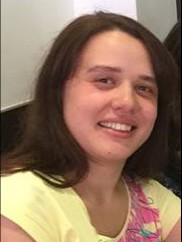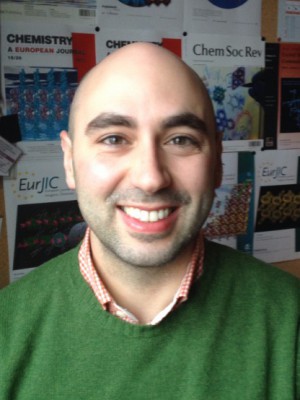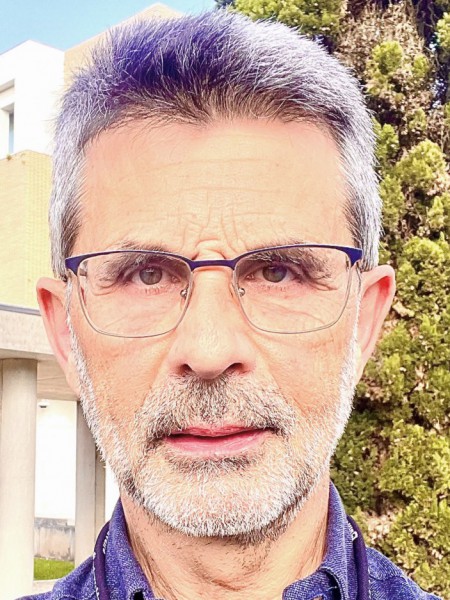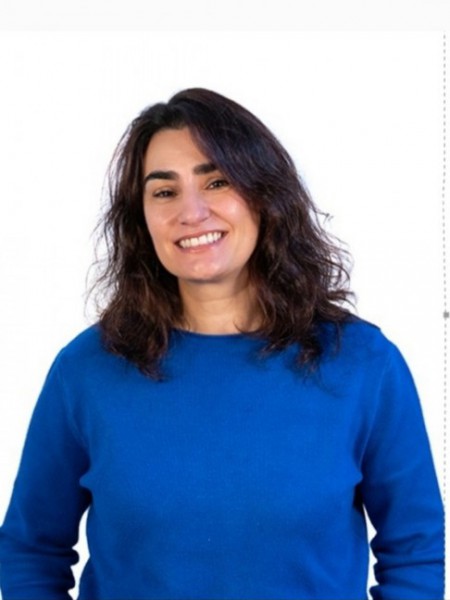resumo
Photoluminescent isotypical phosphonate-based metal organic frameworks, [Ln(H(5)btp)]center dot 2H(2)O [where Ln(3+) = Tb3+ (1) or Gd3+ (2) and H(8)btp = [1,1'-biphenyl]-3,3',5,5'-tetrayltetrakis(phosphonic acid)] prepared under solvo(hydro)thermal conditions exhibit a three-dimensional supramolecular structure built up from phosphonate linkers bridging Li3+ ions. Single-crystal X-ray diffraction of 1 revealed hydrogen bonds along the a-axis between the crystallization water molecules and the phosphonate groups. The network features lozenge-shaped tubular channels with intermolecular interactions between adjacent organic ligand molecules. Crystal packing forces bring together two ligand biphenyl groups in a parallel arrangement, forming an excimer. A ratiometric luminescent thermometer operative close to room temperature was built based on the excimer and the D-5(4) -> F-7(5) Tb3+ emissions, exhibiting a maximum relative thermal sensitivity of 1.26%-K-1 and a minimum temperature uncertainty of 0.75 K at 319 K. This performance is similar to that of a thermometer based on the ligand singlet S-2,S-1 -> S-0 and metal D-5(4) -> F-7(5) transitions. Thus, the same MOF material provides two separate temperature data sets. This work shows the possibility of using excimer emissions in ratiometric luminescence thermometry.
palavras-chave
COORDINATION POLYMERS; LANTHANIDE PHOSPHONATES; NANOSCALE; MOLECULES; LINKER; RANGE; MOFS
categoria
Chemistry; Materials Science
autores
Ananias, D; Firmino, ADG; Mendes, RF; Paz, FAA; Nolasco, M; Carlos, LD; Rocha, J
nossos autores
Grupos
G1 - Materiais Porosos e Nanossistemas
G2 - Materiais Fotónicos, Eletrónicos e Magnéticos
G6 - Materiais Virtuais e Inteligência Artificial
agradecimentos
We thank Fundacao para a Ciencia e a Tecnologia (FCT, Portugal), the European Union, QREN, FEDER through Programa Operational Factores de Competitividade (COMPETE), CICECO - Aveiro Institute of Materials, POCI-01-0145-FEDER-007679 (FCT ref UID/CTM/50011/2013), financed by national funds through the FCT/MEC and when appropriate cofinanced by FEDER under the PT2020 Partnership Agreement. FCT is also gratefully acknowledged for Ph.D. Grants SFRH/BD/84495/2012 (to A.D.G.F.) and SFRH/BD/84231/2012 (to RF.M.) and postdoctoral research grant SFRH/BPD/95032/2013 (to D.A.).








